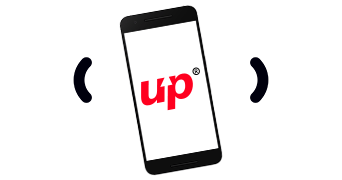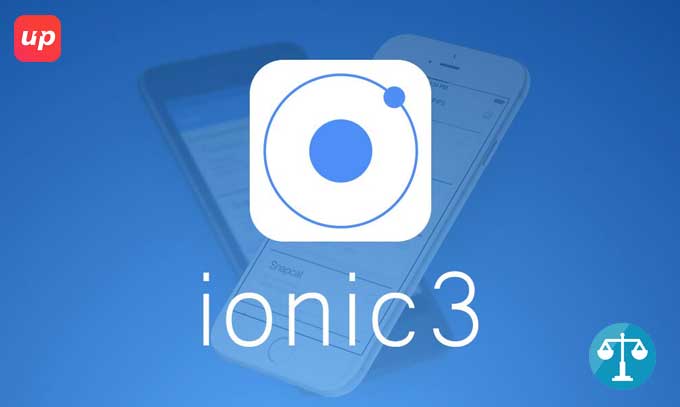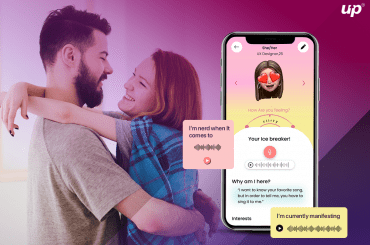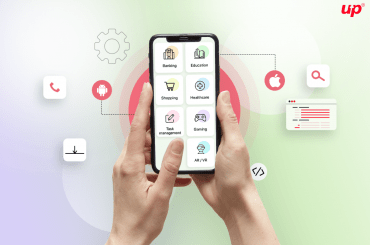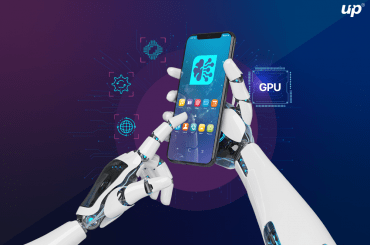Ionic 3.0 is launched recently and according to its developers, the best part of this updated version is that you don’t need much changes to use it. Few mobile app developers must have started their career by using Sencha Touch framework or PhoneGap Build. They must have experimented few different framework like Phaser, Famo.us and more recently ionic. Although innovation can make the work simplified, but fundamentals are something which must be remembered to get the most authentic product. Although as a caveat, if you are not possessing a decent HTML5 framework, then your app will nowhere near as good as native. Hence a mobile app development must not be built without a UI framework like Ionic or Sencha touch, except in a very specific circumstances.
According to few mobile app developers Sencha Touch and Ionic are most trustworthy and are considered as a well performing frameworks that won’t go wrong in them. Recently ionic 3.0 came into existence which may be a matter of concern for few mobile app developers but there is a minimalistic possibility of transition from the previous version.
Don’t miss: PhoneGap vs Ionic
But there are few queries which are really essential to be answered
Proper delineation of Ionic 3 to Ionic 2:
Although ionic 2 came into existence not too long although some people were quite excited but some people were really unhappy since they were just getting adapted and establishing compatibility with ionic 1. This behavior has been reiterated after the advent of ionic 3.0. But the attribute to get the most innovative framework is to consider the mobile framework quite volatile and cannot be relied on a single skill for a long period of time.
So, before explaining the difference of iterations from 2nd to 3rd, its essential to comply the trend and observe the difference of attributes from ionic 1.0 to ionic 2.0. Hence there are few reasons where ionic 2 is better than ionic 1. Although this is very certain that second iteration is somehow better than its first iteration. Ionic 2 built on angular 2, naturally considered as the best combination till the advent of ionic 3. Knowledge of ionic 3 will naturally come up with innumerable features and a fresh start can be expected from the ionic 3 app developers since it would be extending forward ionic 2 and can use ionic 3 in a better way.
Point of difference between ionic 1.0 and ionic 2.0.
Proper Organisation
As far as organization is concerned, this was although never been a trouble as far as ionic 1 is concerned but it was never been a default style. Since ionic 2 looks for the prior knowledge as well as motivation in order to achieve a sensible yet scalable structure. With drag and drop component, organization somewhat turned seamless. Hence in order to get the thing right, you ought not to be forced and can handle the logic as far as multiple pages are concerned.
No more tedious stuffs
Although ionic 2 was the iteration that can generate the pages, providers, tabs, pipes, tabs, directives as well as components. In this version it was capable enough to set all the files as well as some boiler code for you. It can directly jump into the interesting stuff, overlooking all the tedious stuff like setting up of new file as well as the fundamental structure.
Navigation
As far as ionic 1 is concerned, navigation was defined by using URLs which was although considered as a “web approach”. Unlike Ionic 2, which is although considered to be a native approach where pages were both pushed or popped. Although maximum of the mobile app developers were finding ionic 1 too be quite convenient since, it was considered as a flexible approach as far as flexible navigation is concerned.
Template Syntax
Although there is no visible difference between ionic 1 and ionic 2 while considering Template Syntax. At a glance it although looks quite quirky but few mobile app developers found this to be quite cleaner since ionic 2 had come with an advantage of click handler as well as useful too.
ES6 Syntax
Since ionic 2 was employing ES6 that was quite visible by using all the new ES6 syntax. Currently ES6 is not supported by browser universally but what it does is to transpile the code with the valid ES5 code which is more familiar with JAVA, which although can’t be experienced until and unless transpiling the code so that it ends with happily code in ES6.
Hence these were some of the point of attributes that were introduced on the last month of January 2017 under the category of Ionic 2.0.0 final.
Now the matter comes how ionic 3.0 can be explained to ionic 2.0?
Although it is true unto certain extent that transition to ionic 3.0 looks for extreme challenge even at the point where you feel settled. Although in order to be one of the participants of competitive ecosystem, it is essential to learn the versioning trends for framework. In the above substances, I have already explained various point of difference between ionic 1 and ionic 2 where we were predicting the future changes of the upcoming versions.
According to Josh Morony, the changes from ionic 2 to ionic 3 is not relevant with the changes from ionic 1 and ionic 2. It follows the same framework like Angular where the transition from 2 to 3 simply represents the major change although not a complete framework. Hence we can conclude that it’s just a framework like Angular, where the framework is referred as ionic and the version numbers will keep on increasing keeping the framework same.
So what can mobile app developers expect from Ionic 3.0?
Considering the present scenario, Ionic 3.0 is expected to be favorable for those who are looking to create the progressive apps efficiently by utilizing lesser period of time.
Although it must be taken into consideration that as far as hybrid mobile application development is concerned, it consists of three components UI framework based on SaaS which is although considered to be optimized particularly for mobile User Interfaces. For scalable application, there it comes Angular JS front-end JavaScript framework. The third one consists of Compiler that are utilized for native apps with HTML, JavaScript and CSS.
As per the official blog of ionic which is as effective as 130 native mobile SDK features through the simplified JavaScript interfaces. These are expected to bring some improvements;
Features of Ionic 3.0
No more compatibility with ionic/ Angular 1.x
Although 3.0 is considered to be the first iteration that does not support Ionic/Angular 1.x.For those who are continuing to use ionic 1.0 or Angular 1, you have to compromise with ionic 2.0 of Ionic native. It has established the compatibility with Angular 4.0.0. Ionic 3.0 has stepped in with various features with small as well as faster applications.
Code bundle size reduced drastically
It supports the greatest advantage where the plugins can be utilized which you are basically looking for. It would certainly save the significant space as far as final bundle code is concerned. While employing more number of plugins, certainly a significant improvement can easily be visible.
Full support for plugin development
Ionic 3.0 launch is quite significant for plugin mocking by adding full support which concludes that more than 130 Ionic native plugins can be experimented as well as utilized in the browser. This enables the entire app to be formulated as far as browser is concerned without any emulator testing. Instead it would boost the speed of development as well as agility which ensures the long term survival.
Facilitation with the latest Typescript
This new update is compatible to work with the latest version of Typescript, just like it maintained its compatibility with Angular. It enables to type checking of the app with the faster build time which supports mix-in classes.
Easy customization of each page
Customizing the configuration of each page is possible with lazy loading of application and can be set with lazy loading page’s priority. Hence it supports the Ionic page decorator which makes the customization quite easier since lazy loading is supported by ionic 3.0.
Fluper is one of the top rated ionic application development companies possessing experienced team to create the most path-breaking app that can easily modulate with the latest innovations and technology.

